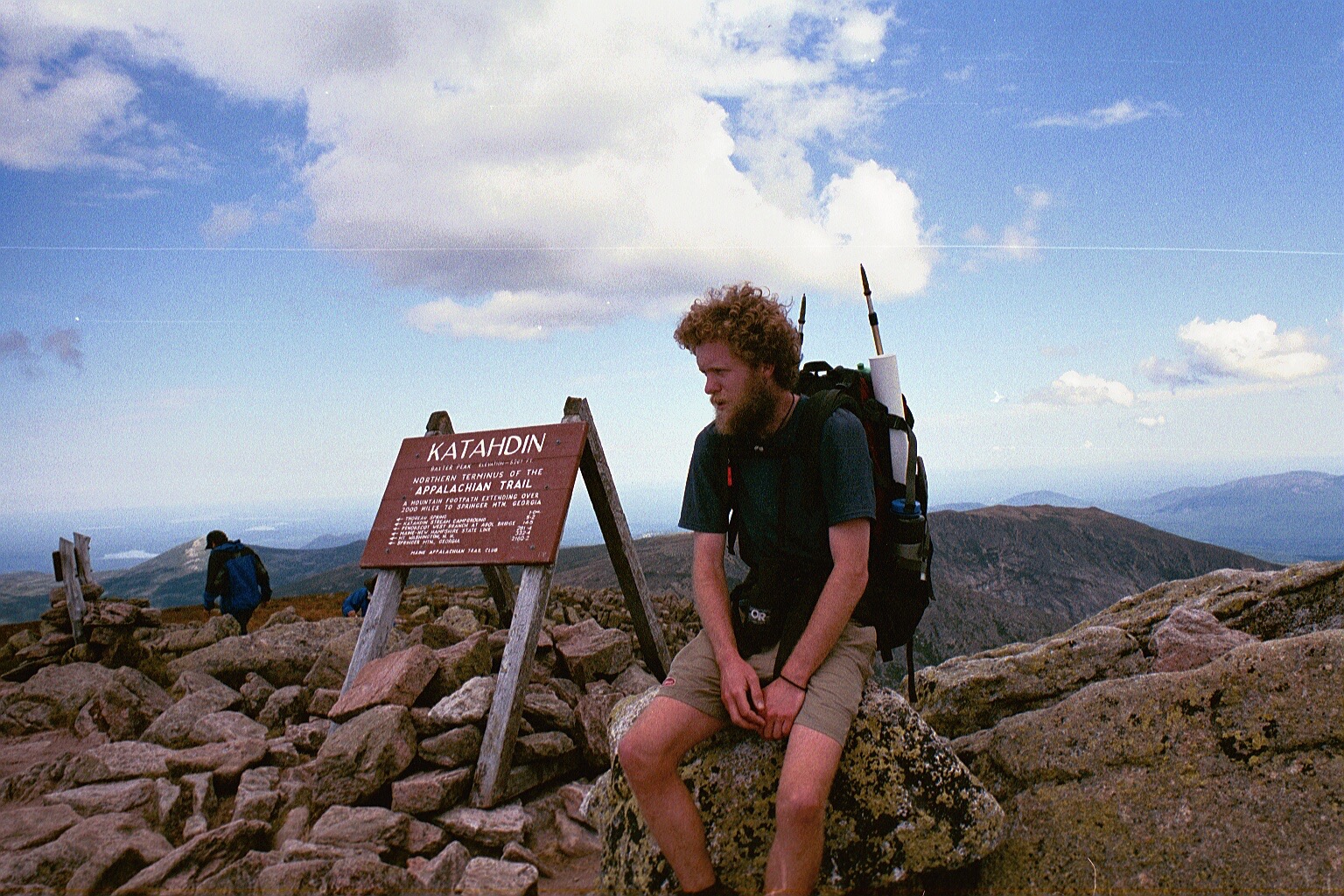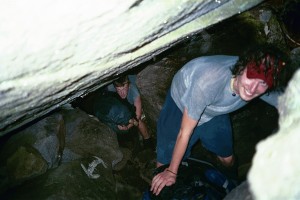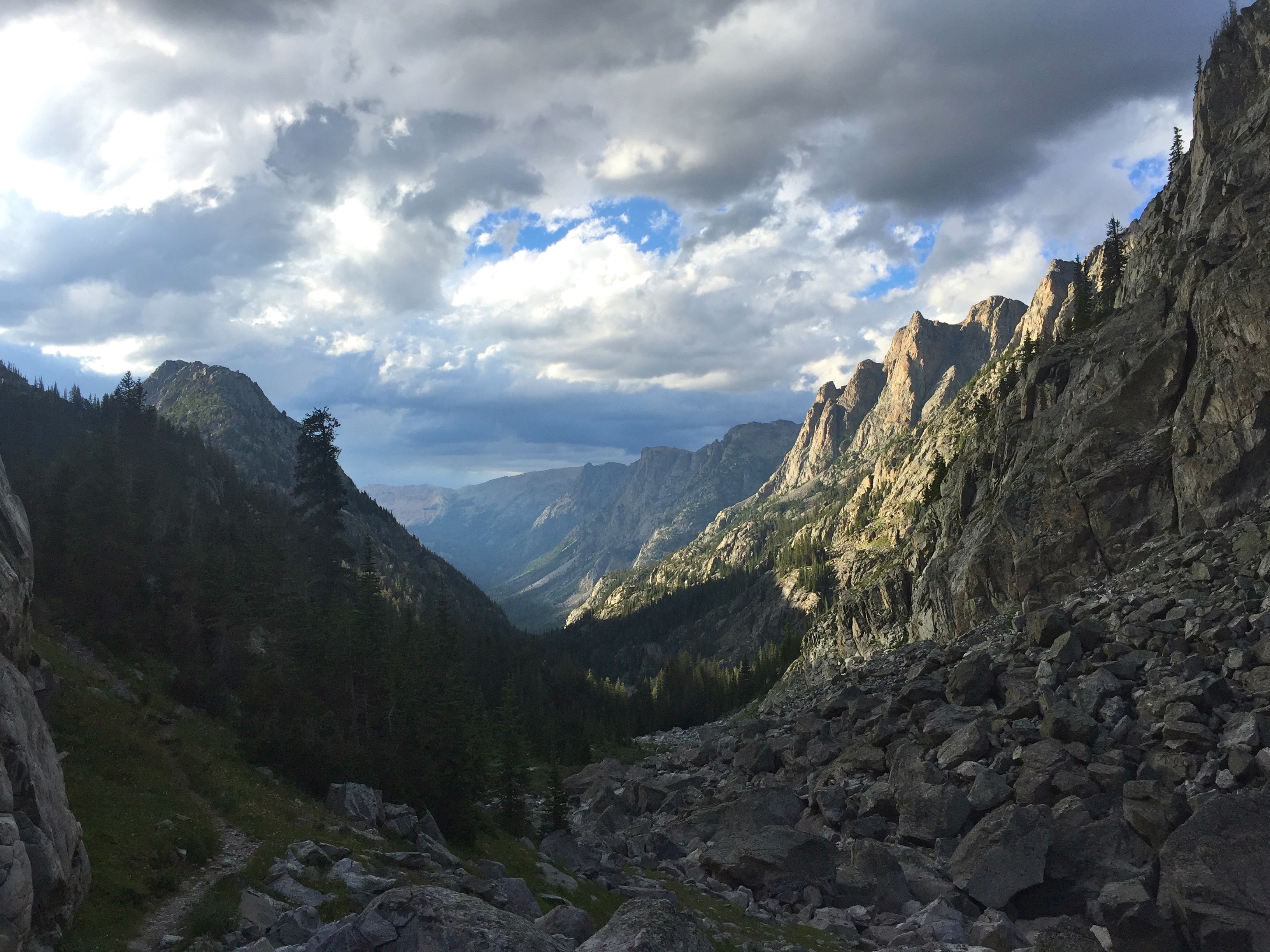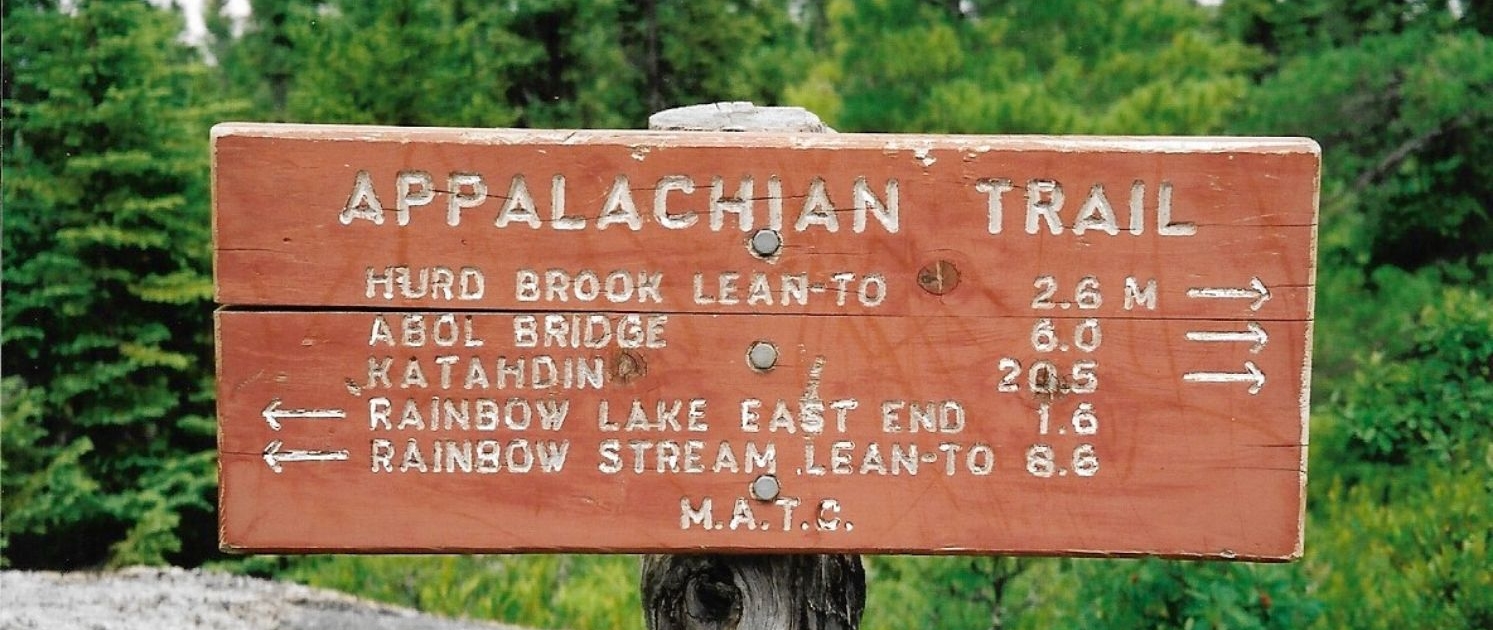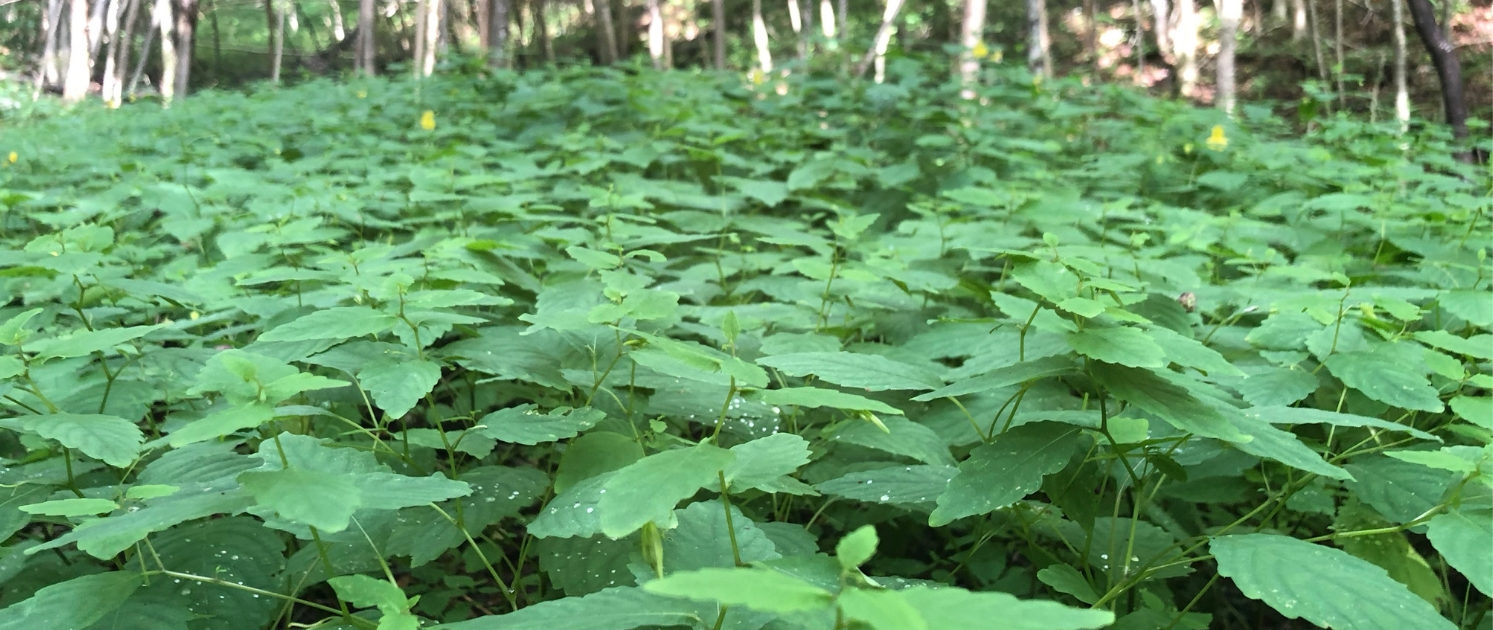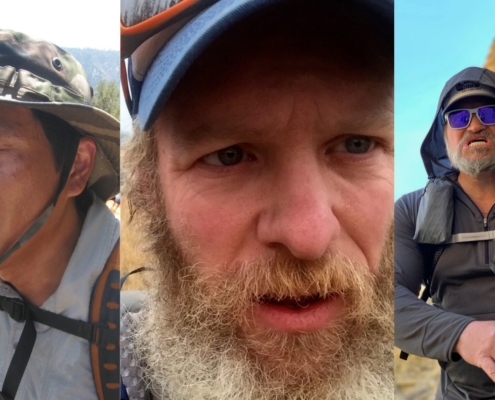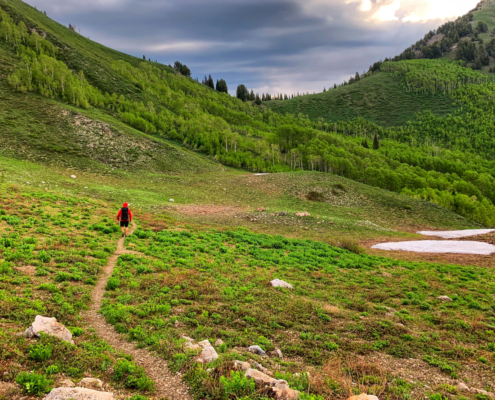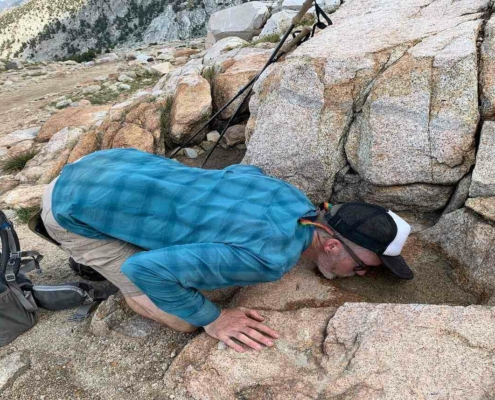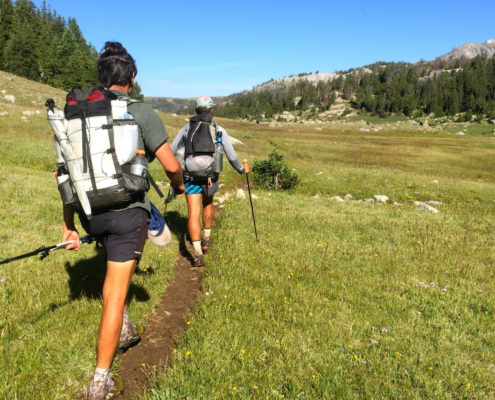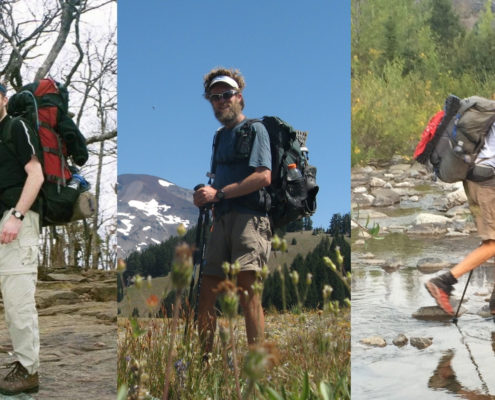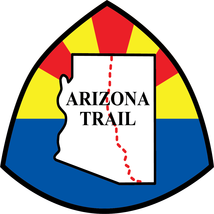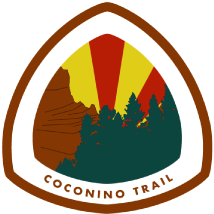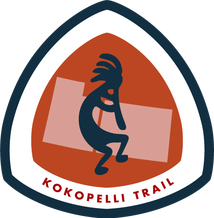Scatman
Big Pack –
Buying a big pack means on thing, bringing too much gear. I believe it’s human nature to fill a pack, no matter the size. No one hits the trail with a pack that is not full. A big pack not only meant I took too much gear, I was also more tired, and needed more rest days.
Tip –
Buy a smaller pack and select gear that will fit based on smaller pack.
Too Many Clothes –
I made the mistake of taking too many clothes, and the wrong ones. I could have used a better layering system, lighter and more versatile clothes.
Tip –
The key to clothing is knowing yourself. Know your limits and what you can and can’t deal with. Put together a layering system that works for your personal needs and doesn’t have any extra.
Shelter Rat –
When hiking the AT I became a “Shelter Rat”. A Shelter Rat is someone who only sleeps in shelters and doesn’t consider the option of tenting. Being a Shelter Rat greatly limits your mileage options and freedom.
Tip –
Don’t simply look at the Data Book and look where the next shelters are. Base your day around water sources versa shelters. Use the shelters for cooking, socializing, and bathroom breaks.
Not Replacing My Shoes and Socks –
I found out the hard way that if you wear the same shoes and socks for too long the bacteria can build up so back that it will give your feet and ankle a rash. I know replacing them isn’t cheap but your health and comfort should be put first.
Tip –
Consider changing out your footwear and socks at least every 500 miles or sooner. If you can’t at least get new socks. Changing out your footwear not only will help with the bacteria but your feet and ankles will be happier. The EVA foam in shoes needs 24 hours to return to its full elasticity, which means when you hike day after day in the same shoes you don’t give them a chance to recover. Over time your shoes get “packed out” and don’t offer the same comfort.
Using a Pack Cover –
Like a lot of new hikers I listened to the salesman when he told me I needed a pack cover. Pack covers only keep your pack partially dry. The reality is you don’t need to keep your pack dry but what’s inside it. Pack covers are expensive, rip, and blow/tear off. Even with a pack cover my gear in heavy rain would still get wet.
Tip –
A better solution, that is cheaper and actually offers great protection is a trash compactor bag. Put it inside your pack and then all your gear in it. Just make sure to check for holes once in a while.
Switching Gear Mid Trail –
I attempted to try a different stove while on the AT, and the results wasn’t good. I tried an alcohol stove instead of my MSR Superfly. Since I had not cooked with an alcohol stove before I burnt my food, didn’t know the right amount of fuel to use, didn’t know or if it could be put out (I burned my leg, a picnic table and a candy bar trying), and was left questioning my decision. It wasn’t the end of the world but it did mean I was now preoccupied worrying about cooking instead of just enjoying my hiking experience.
I also switched out my sleeping bag to a bag what didn’t have as low of a temperature rating. I made the change in an attempt to lighten my pack weight. The result was I froze my ass off for a week until I could get another warmer bag.
Tip –
Neither of these mistakes were the end of my hike, but they did add unneeded stress. Cutting pack weight can be done on the trail but it’s better done at home, where you can test what works and doesn’t. If you’re going to switch out gear mid trail, be sure it’s a piece of gear you know works for you. This will help eliminate any unwanted issues or stress.
Getting too Attached –
Let’s face it the AT is pretty much one big party. Most hike shelter to shelter, or party to party. At the time I enjoyed this aspect of the AT but looking back at it, I realize just how much it limited my choices. It’s on par with being a Shelter Rat. I let the attachment that formed with my fellow hikers change how I hiked my own hike. With that said I also made friends that I’ve now had for the past 18 years. So it’s a catch 22.
Tip –
Everyone loves to throw around the term Hike Your Own Hike (HYOH). Just know that once you start hiking with others, not all but some of your decisions are no longer just yours. You’re not Hiking Your Own Hike anymore. My only advise is to write down what your hike means to you before you leave. Keep it in a journal or on your phone, then be sure to read what your wrote. If where you’re at at that moment on the trail isn’t inline with what you were hoping to get out of the trail, consider a change. The other option is to really have a heart to heart with yourself and determine if your goal has changed and be okay with where you’re at.
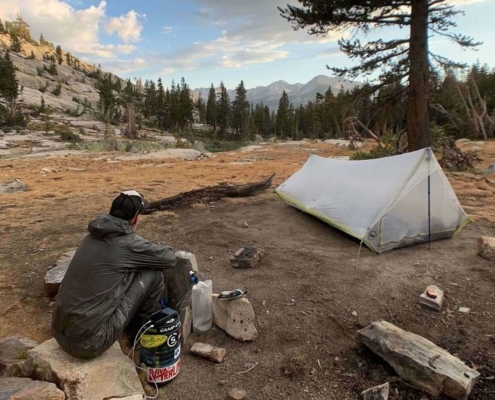 https://oneofsevenproject.com/wp-content/uploads/2020/04/rsz_1untitled_design_83.jpg
857
1493
Craig Fowler
http://oneofsevenproject.com/wp-content/uploads/2017/01/1of7-logo-lockup-grey-1132x212-300x56.png
Craig Fowler2020-04-21 12:02:372024-11-28 10:36:00How to Pick the Perfect Campsite
https://oneofsevenproject.com/wp-content/uploads/2020/04/rsz_1untitled_design_83.jpg
857
1493
Craig Fowler
http://oneofsevenproject.com/wp-content/uploads/2017/01/1of7-logo-lockup-grey-1132x212-300x56.png
Craig Fowler2020-04-21 12:02:372024-11-28 10:36:00How to Pick the Perfect Campsite

